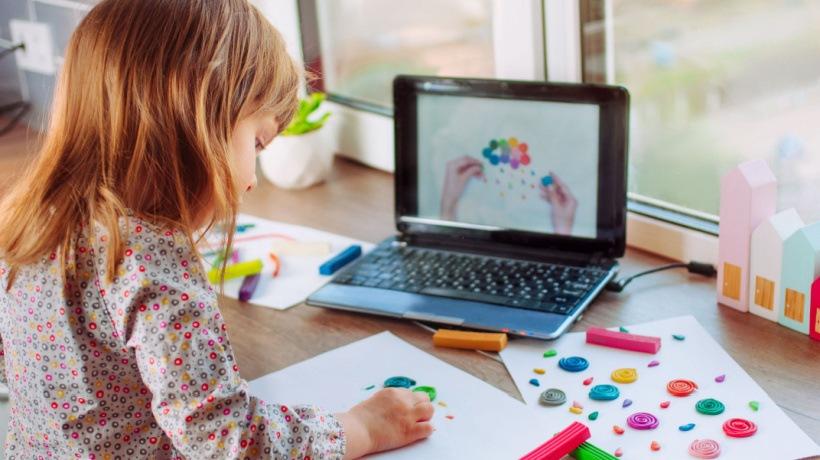The Future of Educational Gamification: Emerging Trends and Innovations for Smarter Learning
the landscape of education is experiencing a dynamic change, with educational gamification at the forefront of this revolution. As digital technology continues to evolve, gamified learning experiences are redefining student engagement, motivation, and retention. But what does the future hold for gamification in education? In this comprehensive article, we explore emerging trends, innovative applications, key benefits, and practical strategies to create smarter learning environments for students and educators alike.
What Is Educational Gamification?
Educational gamification involves incorporating game design elements, such as points, leaderboards, challenges, and rewards, into educational settings. The goal is to enhance learning experiences, foster active participation, and make arduous subjects more accessible and engaging. Unlike customary game-based learning, which uses entire games for teaching, gamification integrates game mechanics into non-game contexts such as lessons, quizzes, and classroom management.
Why Gamification? Benefits for Smarter Learning
- Enhanced Engagement: Gamified elements capture students’ attention, making learning more interactive and enjoyable.
- Improved Retention: Active participation and instant feedback help students retain data longer.
- Personalized Learning: Adaptive gamification tailors content to individual learning styles and paces.
- Real-World Skills: Gamified scenarios improve critical thinking, decision-making, and collaboration skills.
- Intrinsic Motivation: Progress tracking and achievement recognition inspire continuous effort and self-improvement.
Emerging Trends in Educational Gamification for 2024 & Beyond
The evolution of educational gamification is shaped by rapid technological advancements and evolving pedagogical needs. Here are some of the most significant trends shaping smarter learning in the near future:
1. Artificial Intelligence (AI) and Adaptive Gamification
AI-powered gamification enables personalized learning paths, adaptive feedback, and automated assessments. Machine learning algorithms analyze student performance, adjust challenges, and provide support in real-time for optimized learning outcomes.
2. Extended Reality (VR/AR) Classrooms
Virtual and augmented reality environments are making immersive, experiential learning possible. Gamified VR simulations let students experiment, solve real-world problems, and interact with 3D models—from dissecting a virtual frog to exploring ancient landmarks.
3. Social and Collaborative Gamification
New educational platforms are placing emphasis on team-based quests, cooperative challenges, and peer competition—boosting communication, problem-solving, and social skills. Modern leaderboards now reward collaboration as much as individual accomplishment.
4. Microlearning and Mobile Gamification
short, focused learning modules presented as daily challenges or quizzes suit modern attention spans and on-the-go lifestyles. Mobile apps and microlearning games deliver bite-sized lessons, making learning a consistent habit.
5. Blockchain for Credentialing & Rewards
Blockchain technology is emerging as a secure and transparent solution for tracking educational achievements, issuing digital badges, and verifying credentials. This makes gamification rewards more meaningful and universally recognized.
6. Data-Driven insights and Analytics
Instructors and administrators can leverage advanced analytics dashboards to monitor student progress, identify learning gaps, and fine-tune game mechanics for even greater impact.
Real-World Innovations: Leading Examples of Gamification in Education
- Kahoot!: This popular platform uses live, competitive quizzes and interactive challenges to bring excitement into classrooms and remote learning alike.
- Duolingo: Language learners unlock levels, earn points, and maintain streaks, transforming language acquisition into an addictive game.
- Classcraft: By turning the classroom into a multiplayer adventure, students earn points for positive behaviour, fostering community and motivation.
- Quizizz: Teachers create gamified quizzes that can be completed in class or at home, complete with avatars and instant feedback.
- Prodigy Math Game: Students journey thru a fantasy world while solving math challenges, seamlessly blending curriculum content with engaging quests.
First-Hand Experience: Educators and Students Speak Out
The impact of educational gamification is best understood through the voices of those who use it every day. Here’s what teachers and students are saying:
“My students are excited to participate, and even reluctant learners thrive when points and rewards are at stake.”
— Sara M., 6th grade science teacher
“Using educational games like Duolingo, I practice Spanish daily—sometimes without even realizing how much I’m learning!”
— Guillermo T., high school sophomore
Practical Tips: Implementing gamification in Learning Environments
- Align Gamified Activities with Learning Objectives: Ensure that every game element directly supports your curriculum goals.
- Start Small and Iterate: Begin with simple quests, leaderboards, or digital badges, then expand as students grow more cozy.
- Foster Healthy Competition and Collaboration: integrate both individual and group challenges to cater to different learner preferences.
- Encourage Student feedback: Let students vote or suggest new game mechanics to keep engagement high and learning fresh.
- Leverage Analytics: Use built-in data tools to monitor participation, progress, and achievement, then adjust strategies as necessary.
- Adopt Age-Appropriate Games: Choose or design games with suitable complexity, themes, and content for your students.
- Celebrate Progress—Not Just Results: Recognize growth, perseverance, and creativity with customizable badges and shout-outs.
The Future Outlook: Smarter, More Inclusive learning
As educational gamification continues to evolve, its reach will only expand—encompassing lifelong learners, workplace training, and diverse learning communities. Smarter learning means more equitable access,richer data for personalization,and adaptive technologies that keep education meaningful. By blending the best of technology, pedagogy, and human motivation, gamification is poised to create educational experiences for all—fun, effective, and future-ready.

